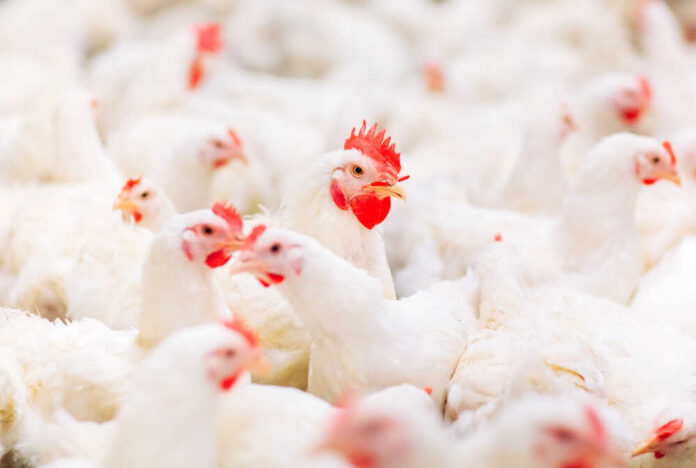
The US dairy industry is looking down the barrel at a widespread bird flu outbreak. Cases have been reported at dozens of farms across the American midwest, and several humans have contracted the disease.
In the United States, this bird flu outbreak started in 2022 in the egg-laying industry. Producers responded by slaughtering a hundred million turkeys and chickens, and the drastic move—combined with enhanced biosecurity efforts and communication between farms—brought the outbreak under control. While hot spots still occur, the poultry industry hasn’t had anything like the problems it had earlier on.
Now that the dairy industry is facing the same threat, some pundits are talking about whether dairy farmers could contain the disease using similar measures. However, the differences between cows and chickens—as well as the industries which farm them—mean that the mitigation measures require a lot of careful translation before they can be cross-applied.
The virus in question, known to scientists as H5N1, is commonly called “bird flu” due to the fact that wild birds can survive infection, and are thus ideal carriers for the virus. H5N1 infection has been previously detected in mammals such as skunks and sea lions. Infection in animals can occur by eating an infected bird, or through exposure to environments where high concentrations of viral particles are present.
However, there do seem to be some major differences between how chickens and cows are faring after infection. Chickens and turkeys typical die within days of contracting the virus, so infections in agricultural facilities are easy to detect and get ahead of by culling exposed birds. Cows are another matter.
With cows, symptoms linger for extended periods, and milk production sometimes does not recover after the infection passes, but bird flu doesn’t usually kill cows. Unfortunately, infected cattle are more vulnerable to other pathogens that make dairies their home, such as the bacteria that cause udder infections and pneumonia. Detection is more difficult, and mitigation more problematic.
But if infections keep spreading, dairy farmers must adapt, or they will lose their livelihoods.














